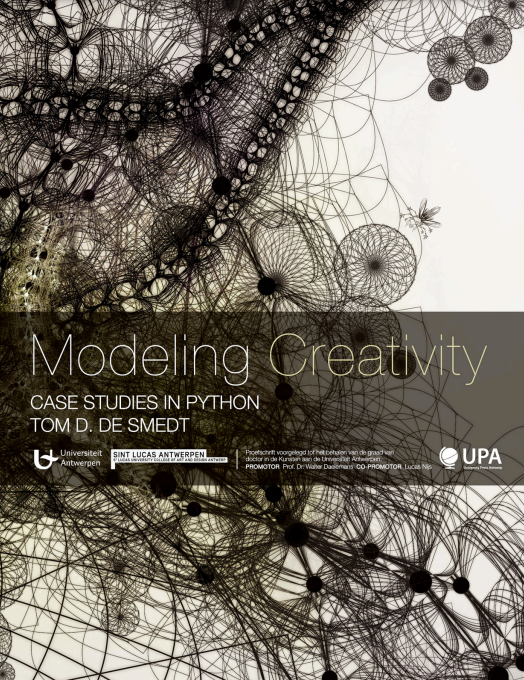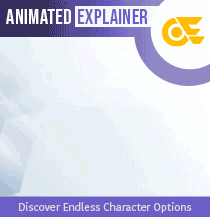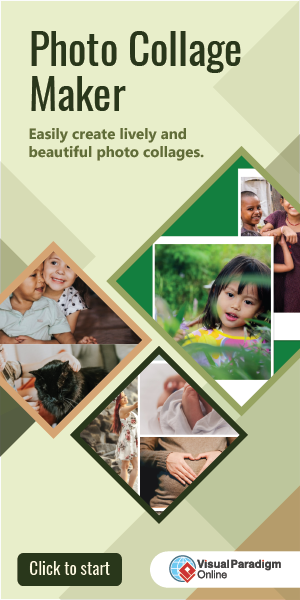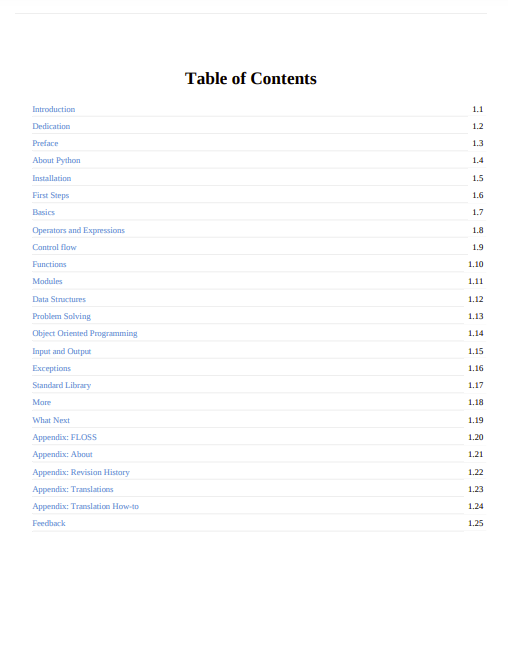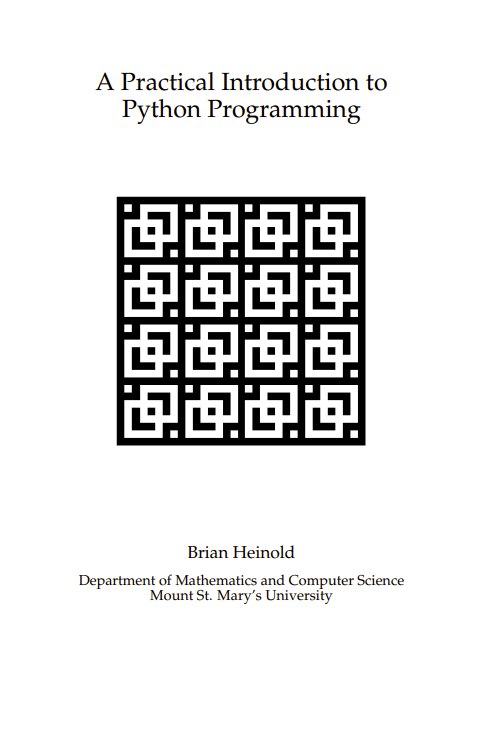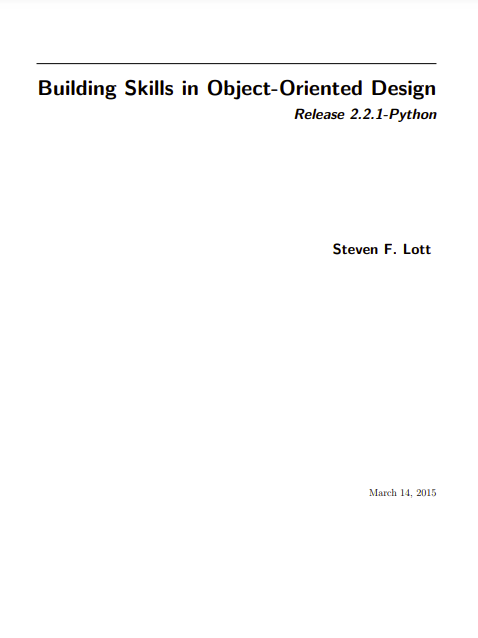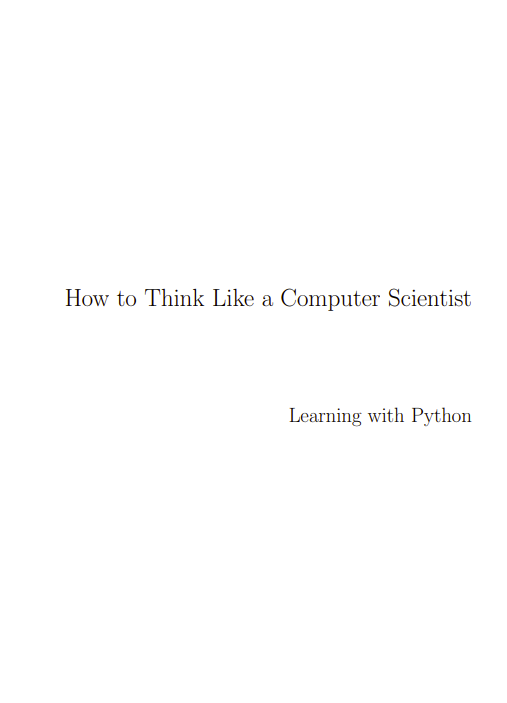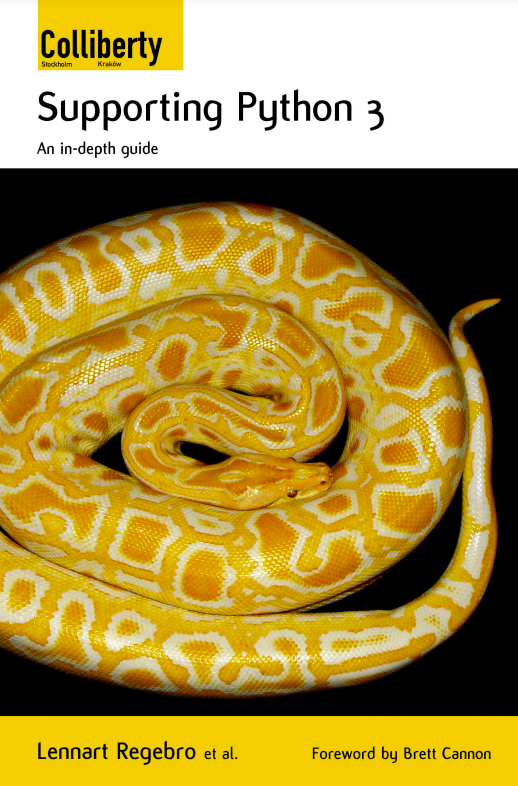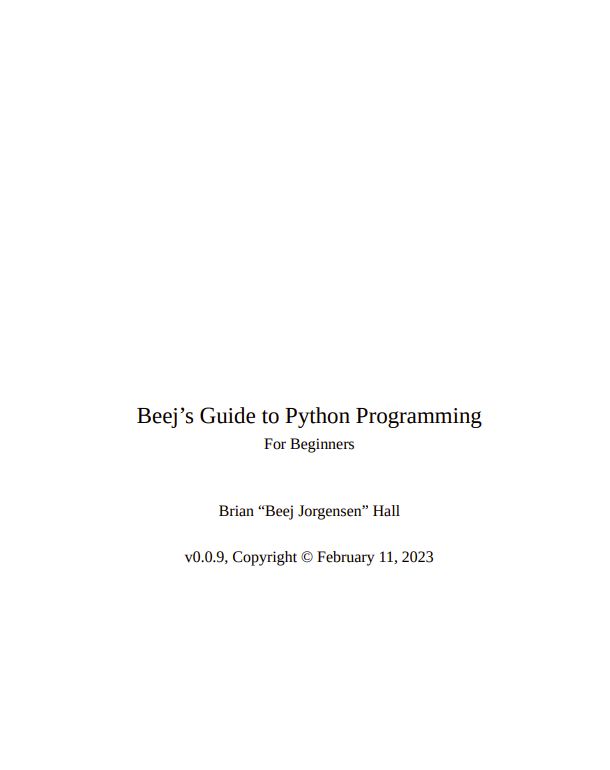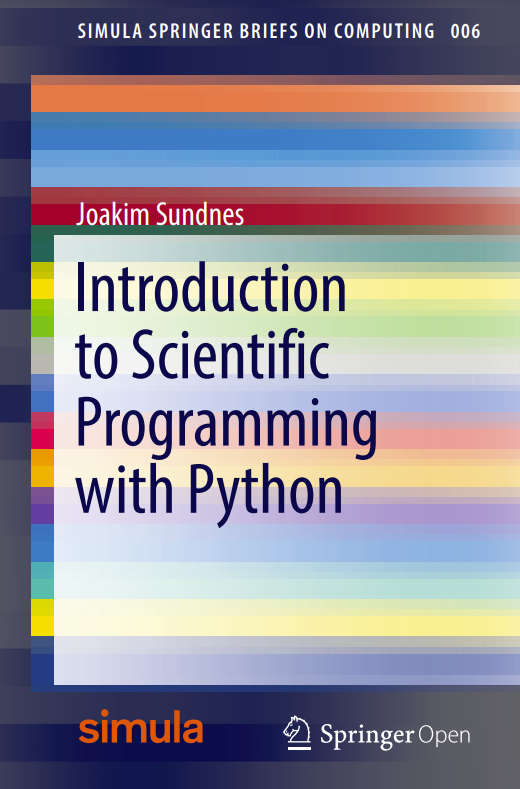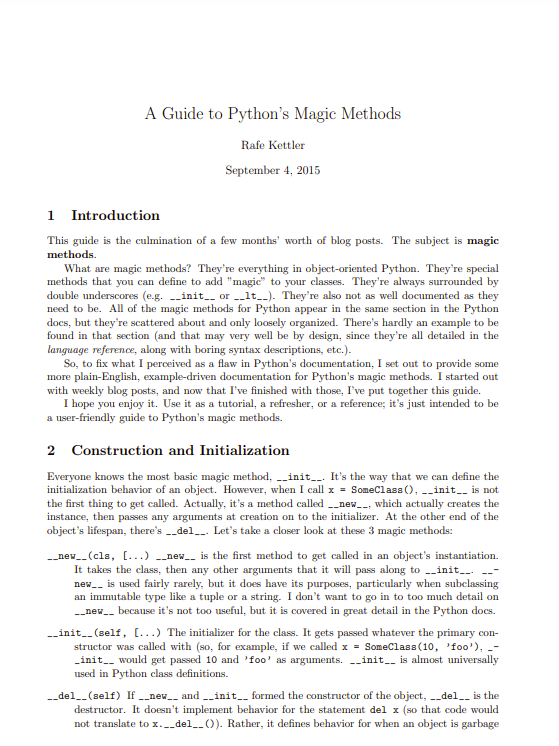The topic of this work is to model creativity using computational approaches. Our aim is to construct computer models that exhibit creativity in an artistic context, that is, that are capable of generating or evaluating an artwork (visual or linguistic), an interesting new idea, a subjective opinion. The research was conducted in 2008–2012 at the Computational Linguistics Research Group (CLiPS, University of Antwerp) under the supervision of Prof. Walter Daelemans. Prior research was also conducted at the Experimental Media Research Group (EMRG, St. Lucas University College of Art & Design Antwerp) under the supervision of Lucas Nijs. Early research focuses on generative art. Related work is discussed in chapters 1, 2 and 3. More recent research focuses on computational creativity and computational linguistics. Related work is discussed in chapters 4, 5, 6 and 7.
Generative art, computational creativity and computational linguistics have a common ground in creativity. Specifically, they relate in some way to the question if and how machines can be creative and intelligent. In chapter 2, we provide a case study of a computer program that is the author of its own artworks. It will turn out that this program is not very creative because its actions are mostly random, whereas artistic creativity is the result of non-random thought processes and social consensus. After a summary of the theoretical basis of creativity in chapter 4, we direct our attention to a case study involving a program that generates creative ideas. It will turn out that the results are interesting, but also that it is difficult to evaluate whether or not they are novel and useful. In chapter 6, we discuss the PATTERN software package developed in the course of our research, which relies on more formal methods. Chapter 7 uses the software from chapter 6 to evaluate subjective opinions in text.
Intuitively, a model for (artistic) artificial creativity appears to involve the steps illustrated in figure 1. A “good idea”, that is, a novel and appropriate solution to a given problem, is selected or combined from a pool of many possible ideas (chapters 4 and 5). A work (of art) that captures this idea is then created (chapters 2 and 3). The work is then evaluated by the author or a community of knowledgeable peers (chapters 6 and 7). Following a negative evaluation, the idea is subsequently adapted (chapter 1). We will test this conjecture in a number of case studies and ground it in the literature.
